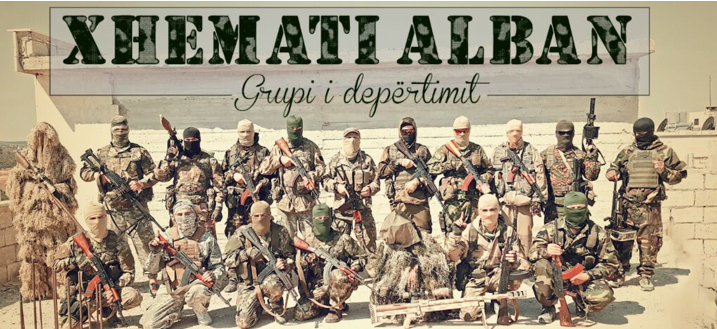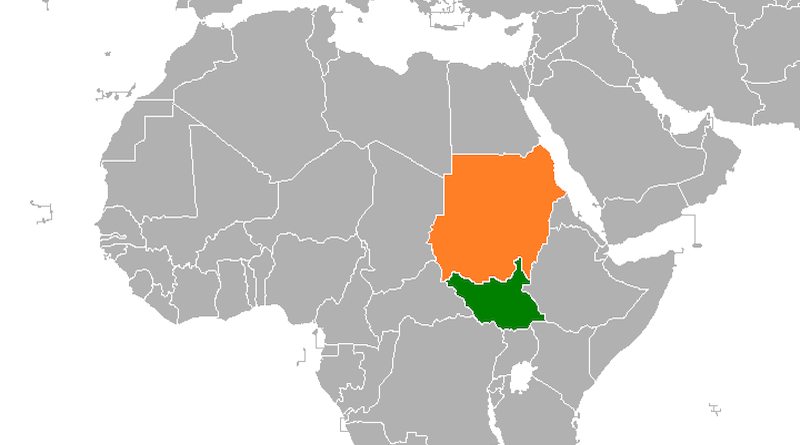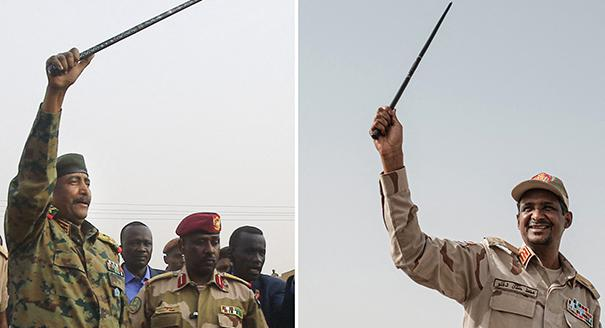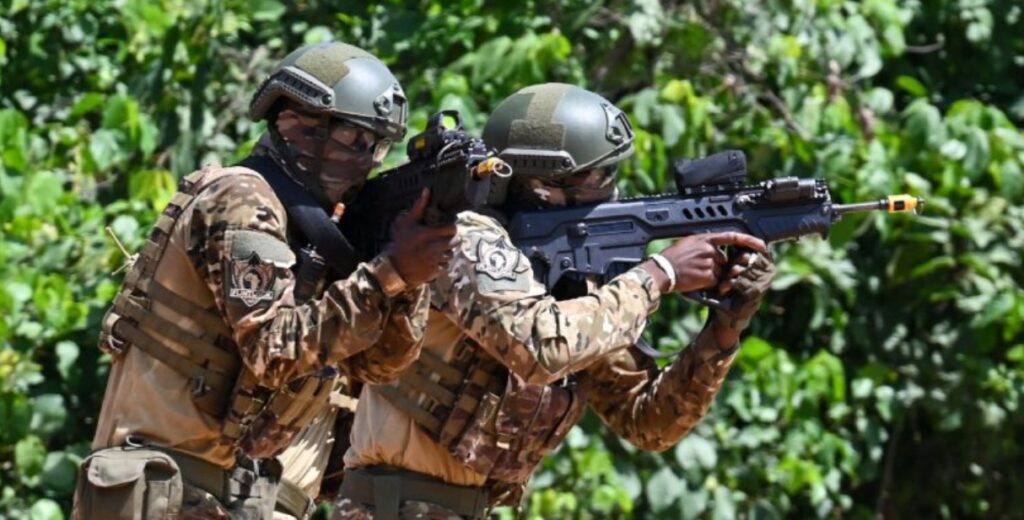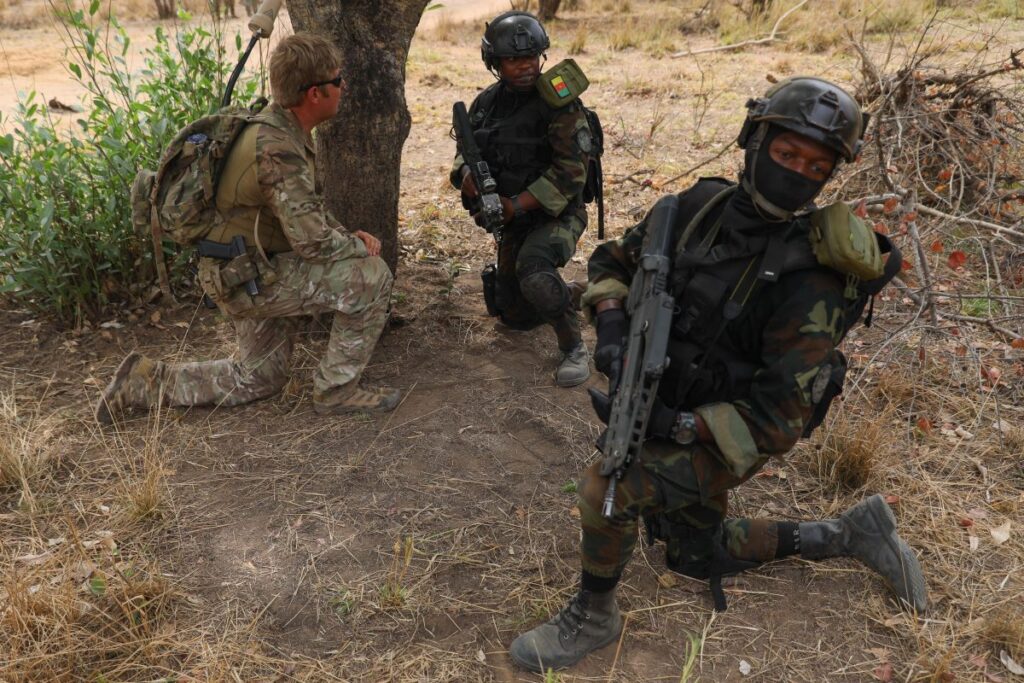Rehabilitation and Reintegration of Returning Foreign Terrorist Fighters (RFTFs) and Their Families in the Western Balkans
Introduction
This concept note was commissioned by the Global Community Engagement and Resilience
Fund (GCERF) to contribute to a better understanding of current efforts to prevent and counter
violent extremism (P/CVE) in the Western Balkans, and more specifically to provide an
overview of the most immediate needs in rehabilitation and reintegration (R&R) of ex-ISIL
fighters and their family members in the region. Such a mapping exercise was assumed to
produce useful recommendations for policy planning and budgeting of P/CVE and R&R
activities in the Western Balkans. In order to fulfill this goal, the scope of this paper was
widened to include supplemental data and analysis that should provide more factual background
and context-specific insight. Though a slight diversion from the original extent and format of
the paper, this change allows for the presentation of more nuanced complexities and,
consequently, to more fine-tuned policy responses to P/CVE and R&R in the Western Balkans.

